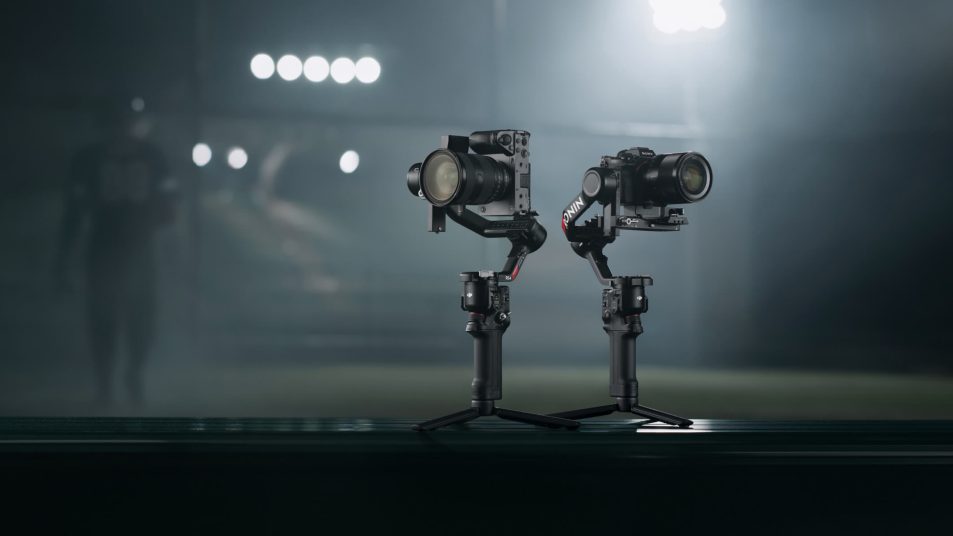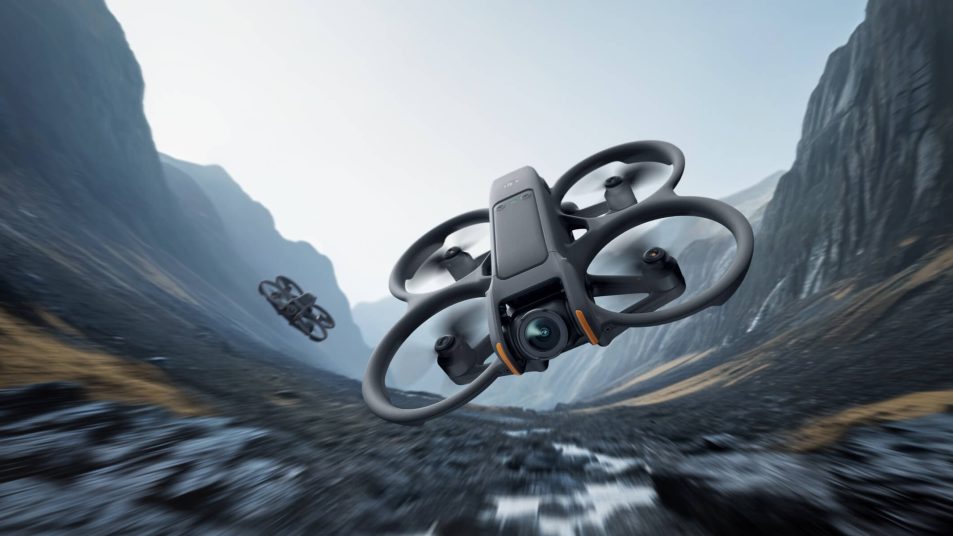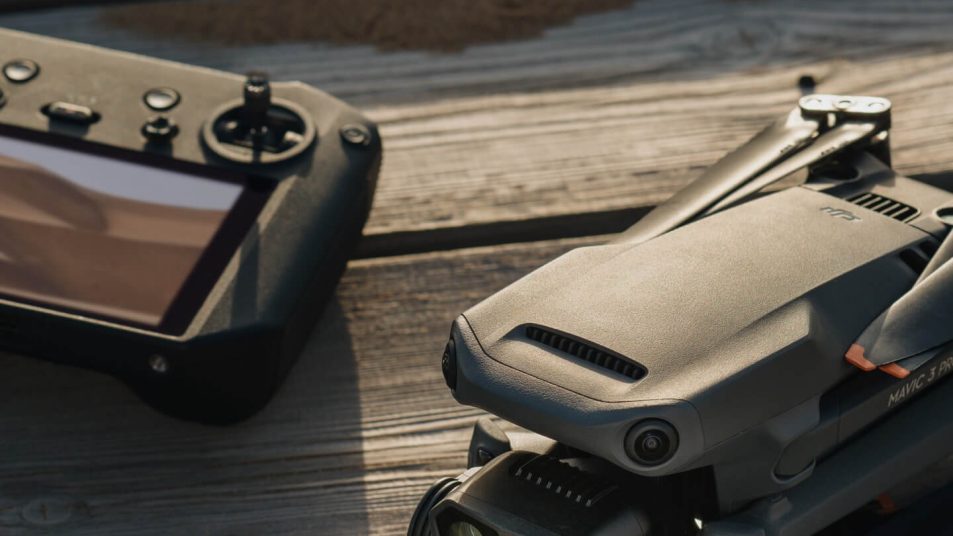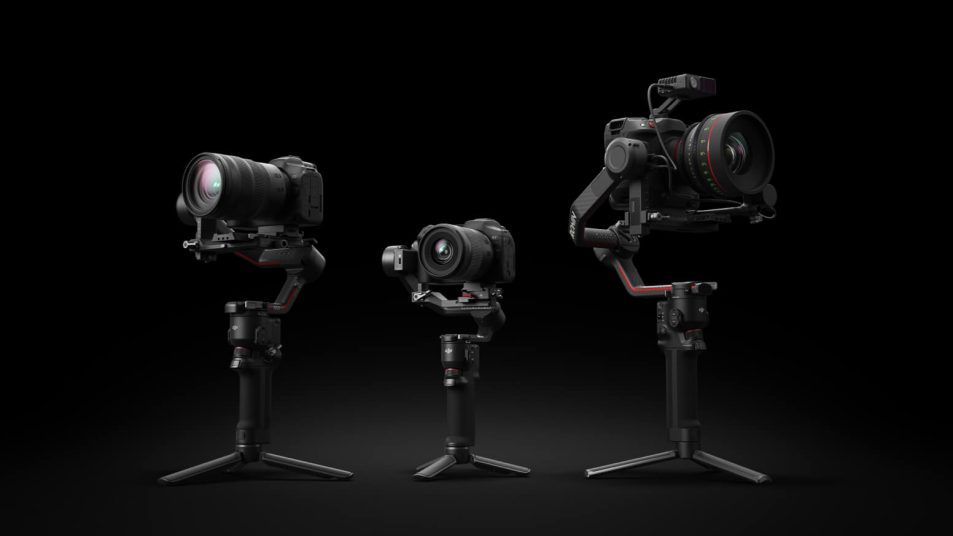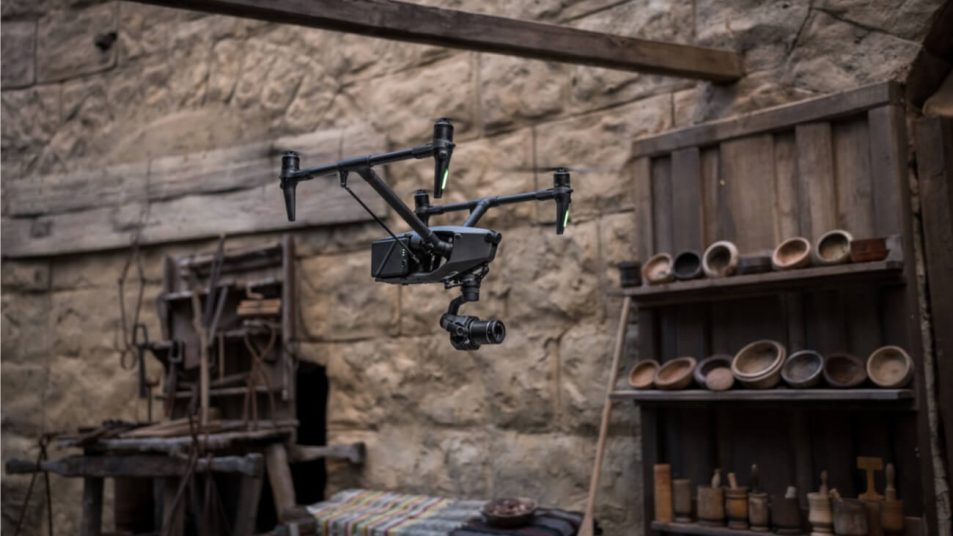Окунитесь в захватывающий мир полетов дронов с видом от первого лица (FPV) – высокооктановое царство, где вид сверху превращается в личную панораму. Несмотря на то, что FPV может привести в замешательство даже самых искушенных в технике людей своими сложными маневрами, DJI предлагает спасательный круг с помощью своих интуитивно понятных дронов: DJI FPV и DJI Avata. Здесь сложный полет сочетается с простотой, обеспечивая безопасность и легкость управления.
Выходите на сцену с новейшим FPV-дроном DJI Avata 2. Ожидайте больше, чем просто квинтэссенцию захватывающего FPV кайфа; ожидайте более четкого изображения, улучшенных функций безопасности и более длительного срока службы батареи. Весь кайф FPV, теперь с меньшими сложностями в обучении.
В этом посте вы узнаете о значительных обновлениях, которые отличают DJI Avata 2 от его предшественника DJI Avata. Приготовьтесь узнать, что нового и улучшенного в нем появилось!
Читать далее
